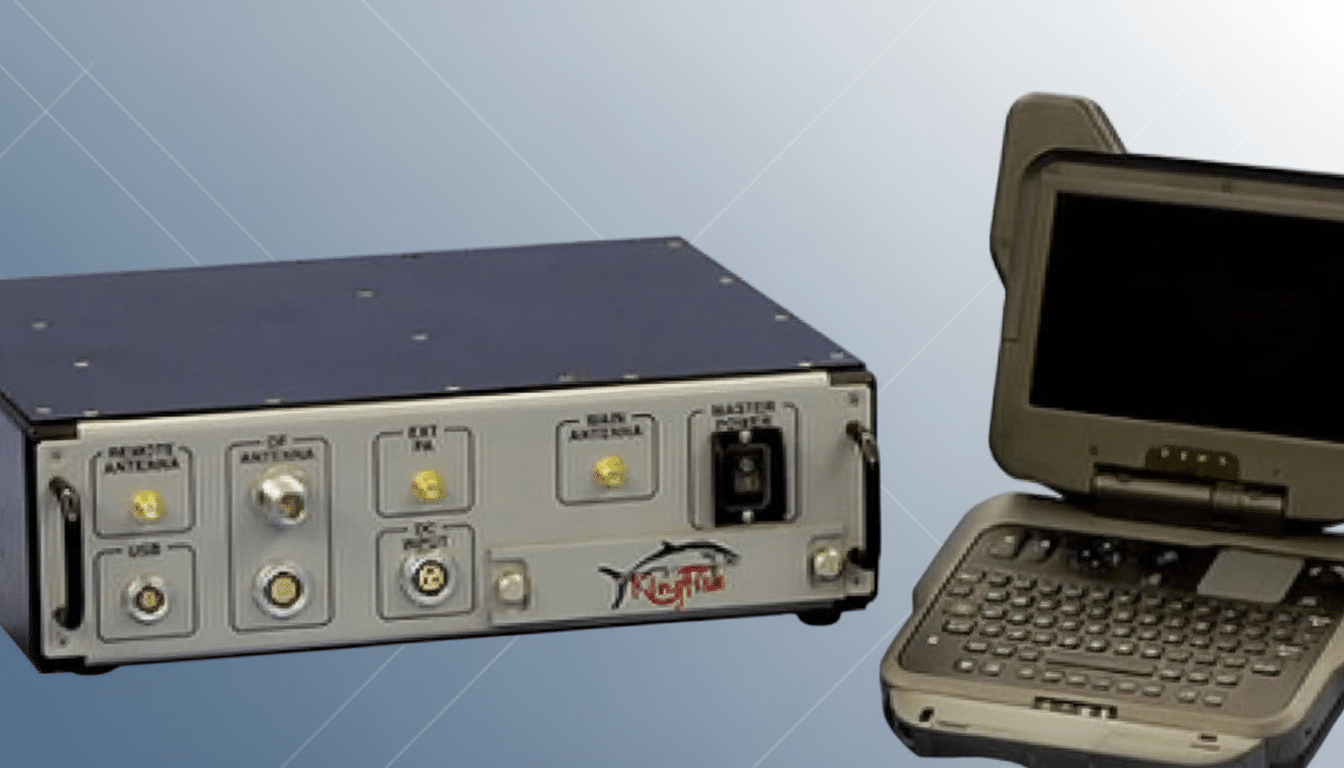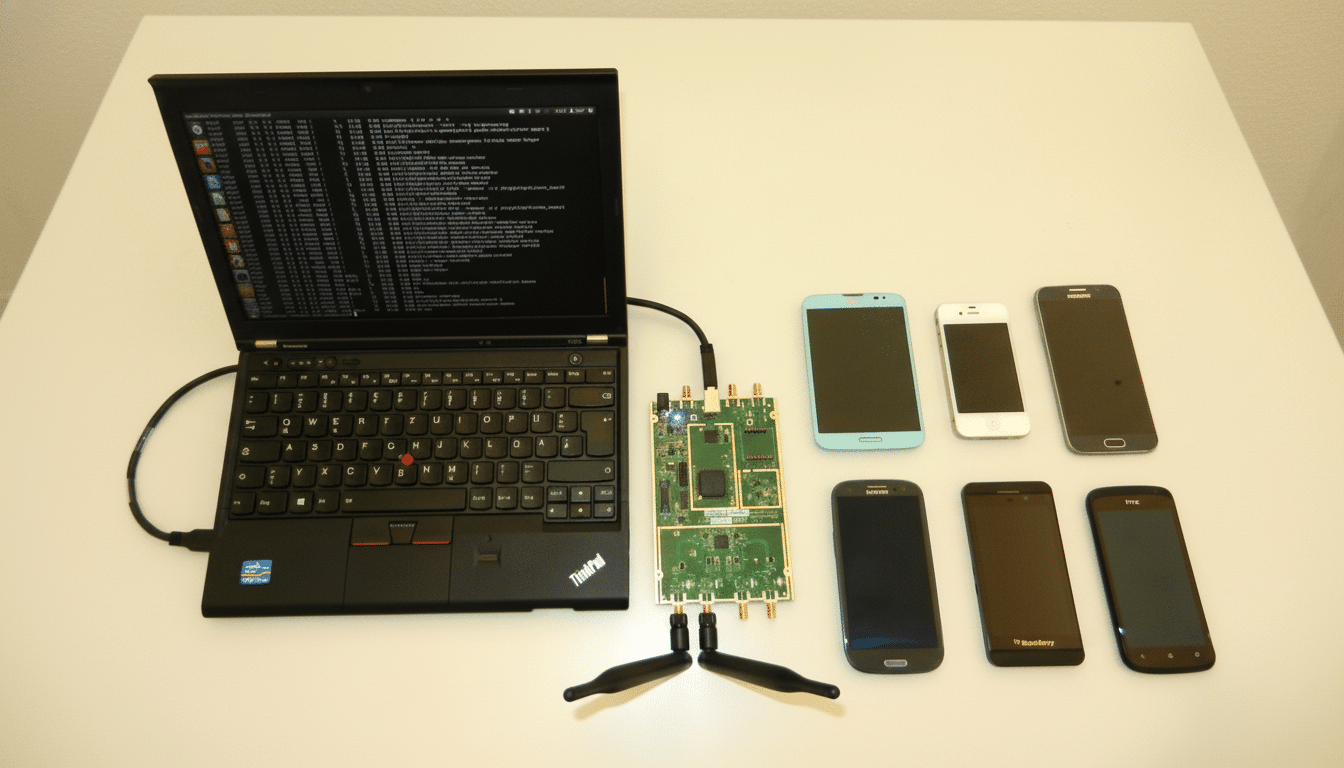U.S. Immigration and Customs Enforcement has used a ubiquitous surveillance technology to locate, arrest, and deport some undocumented immigrants in the United States in recent years, using a hacking device that lets them disguise themselves as cell phone towers. The devices are loaded on aircraft to target suspects even when they’re not known or suspected of a crime.
Public contracting records show an $825,000 award to TechOps Specialty Vehicles and an earlier buy of $818,000, suggesting an extended program to field the so-called cell-site simulator vehicles.
- What the procurement records and contracts reveal
- How fake cell towers and cell-site simulators work
- Use and regulation of cell-site simulators in the United States
- A case that illustrates how the technology is used
- The vendor that built the surveillance vans for ICE
- Why this surveillance technology matters to the public
- The unanswered questions about ICE’s surveillance vans

The vehicles include “stingray”-style hardware — also called IMSI catchers — that trick phones into revealing their location and identifying information by mimicking the strongest cell tower. The tech sweeps up bystander data by design, civil liberties groups warn, amplifying a series of long-running questions including those over warrants, transparency, and the extent to which federal immigration authorities are using such work at scale.
What the procurement records and contracts reveal
Contract language calls for “Cell Site Simulator Vehicle deliveries” to assist Homeland Security technical operations and modifications for additional vehicles. The recipient, TechOps Specialty Vehicles of Maryland, is a respected integrator that manufactures custom platforms for law enforcement ranging from SWAT trucks and bomb squad units to concealment surveillance vans and mobile forensic labs.
The company says it buys third-party communications equipment, rather than making its own, a fact that keeps the source of its stingrays below the surface. That opacity is not unusual: agencies typically enforce strict nondisclosure agreements that obscure the make, model, and capabilities of these devices even in court filings.
How fake cell towers and cell-site simulators work
Cell-site simulators impersonate a real tower, which leads phones in the vicinity to connect with them and provide unique identifiers such as IMSI numbers and other metadata. Once a target device is forced to connect, officers can use signal strength and direction-finding antennas to zero in on the signal down to a building — or room.
More sophisticated versions can jam older network modes and, under some circumstances, capture content like texts or call data. Even when used for a single device, the method inevitably gathers information on other devices in the area, though that data is not logged and therefore is lost unless police pursue additional warrants, particularly given that many of these devices are deployed covertly. “It’s almost like this never-ending fishing expedition,” Fairbanks said.
Use and regulation of cell-site simulators in the United States
ICE’s track record with stingrays is not an academic one. The agency used the technology at least 466 times over a recent two-year period and more than 1,885 times in an earlier four-year time frame, according to documents published by BuzzFeed News and obtained through a Freedom of Information Act request filed by the American Civil Liberties Union. Dozens of local and federal agencies use similar tools, a landscape that has been partially plotted by the Electronic Frontier Foundation’s research.
Most Justice Department guidance instructs agents to obtain a warrant and to purge any non-target data, and the Department of Homeland Security has issued analogous policies for its components. But reviews by inspectors general and monitoring by Congress have repeatedly turned up shortcomings in training, auditing, and public reporting. Nondisclosure agreements with vendors have further handcuffed judges, defense lawyers, and even prosecutors from delving into how the devices work, chilling open adversarial testing in court.
A case that illustrates how the technology is used
ICE’s use of a cell-site simulator to locate an individual suspected of being involved with a criminal gang who was already subject to a removal order is revealed in details provided in an application for a search warrant disclosed by Forbes. The case is consistent with the way agents use the tech: They narrow an area using carrier records, then drive a vehicle equipped with a CSS through neighborhoods to zero in on the target device.

This “search then pinpoint” sequence is why vehicle integration is important. Installing the gear in a van opens the way to continuous, adaptable tracking missions with two or three antennas and power systems on board, so that teams can zero in from city blocks to a single apartment in just one mission.
The vendor that built the surveillance vans for ICE
TechOps Specialty Vehicles sells configurable command vans, mobile forensic labs, and “cover surveillance” builds that mimic run-of-the-mill commercial vehicles. Its materials showcase projects on behalf of the Department of Homeland Security, such as labs for analyzing evidence on-site and command platforms that help coordinate operations.
Striking in public marketing is the absence of any explicit mention of cell-site simulators. It’s a common omission in this area, as agencies and integrators choose not to list phone surveillance tools under the guise of safety, operational security, and vendor confidentiality.
Why this surveillance technology matters to the public
With all stingrays, it isn’t just the signal of the person of interest that is deliberately captured; every phone in proximity is briefly touched. That may include people at sensitive locations like clinics, schools, or a house of worship, raising concerns about associational privacy. Technical studies and alerts from regulators have also said that some systems may cause dropped calls — including to emergency services, if users are not very careful.
Best practices are clear: probable-cause warrants, narrow targeting, short retention periods of all non-target data except that which is strictly necessary, auditable logs, and public-facing policies articulating bright lines around use near First Amendment-protected activities. The Federal Communications Commission and courts have some part to play, but practical accountability often comes down to local judges, defense challenges, and watchdog reporting.
The unanswered questions about ICE’s surveillance vans
The contracts specify that ICE bought the cell-site simulator vehicles, but crucial details are missing: How many units were purchased? Which types of devices? What internal approval process governs their use, and whether data captured from non-target phones is deleted in practice.
It is also not clear how often prosecutors reveal use of a CSS to courts and defendants, which can influence whether evidence withstands suppression motions.
Until those answers emerge through audits, litigation, or additional disclosures, buying make-believe cell-tower vans underscores a larger truth: powerful phone-tracking tools are already in the hands of dozens of agencies from law enforcement to animal control. And their use is largely unregulated — at a time when there seems to be little political will for setting rules.

